Revolutionizing Pipe in Pipe Repair Techniques with Advanced Leak Detection Data
The advancement of leak detection technologies has ushered in a new era for pipe in pipe repair systems, enhancing efficiency and reliability in the maintenance of critical infrastructure. According to a recent report by the International Water Association, approximately 30% of treated water is lost due to leaks in water distribution systems, highlighting the urgent need for innovative repair techniques. The integration of advanced data analytics and real-time monitoring capabilities into pipe in pipe repair approaches not only optimizes resource management but also significantly reduces downtime associated with traditional methods. As urbanization accelerates and demand for resilient pipeline networks increases, the evolution of these repair techniques serves as a cornerstone for sustainable infrastructure solutions, enabling utilities and municipalities to effectively combat leakage issues and assure the integrity of their piping systems.

Innovative Leak Detection Technologies Transforming Pipe Repair Methods
Innovative leak detection technologies are reshaping the landscape of pipe repair methods, offering unprecedented precision and efficiency. Traditional leak detection approaches often rely on manual inspections and guesswork, which can lead to prolonged downtimes and extensive damage. However, the advent of advanced systems such as acoustic sensors, infrared thermography, and fiber optic monitoring has revolutionized how leaks are identified. These technologies enable real-time data collection, allowing for immediate localization of issues, thereby significantly reducing the time and resources spent on repairs.
Furthermore, integrating these advanced leak detection technologies into pipe repair processes enhances the overall sustainability of infrastructure management. With a focus on proactive maintenance rather than reactive repairs, organizations can prevent leaks before they escalate into significant problems, thus preserving both the environment and valuable resources. The synergy between cutting-edge leak detection and pipe repair not only streamlines operations but also fosters a culture of innovation, which is essential for adapting to the increasingly complex demands of modern engineering challenges.
Innovative Leak Detection Technologies Transforming Pipe Repair Methods
Importance of Timely Leak Identification in Pipeline Maintenance
Timely leak identification is crucial in pipeline maintenance, particularly in complex systems like pipe-in-pipe arrangements. According to the Pipeline and Hazardous Materials Safety Administration (PHMSA), over 80% of pipeline failures can be attributed to leaks that go undetected for extended periods, leading to significant environmental and economic consequences. Early detection minimizes the risks associated with hazardous materials, and studies show that every day a leak goes undetected can result in up to $1 million in repair and remediation costs, emphasizing the need for advanced leak detection technologies.
The introduction of sophisticated leak detection data analytics has transformed traditional maintenance protocols. Research by the Global Energy Institute indicates that leveraging real-time data analytics can enhance leak detection rates by over 30%. By integrating data from sensors and employing predictive modeling, operators can identify potential failures before they escalate. This proactive approach not only protects assets but also preserves the surrounding environment and public safety, reinforcing the importance of investing in advanced technologies for pipeline maintenance and integrity management.
Revolutionizing Pipe in Pipe Repair Techniques with Advanced Leak Detection Data
| Leak Detection Method | Detection Accuracy (%) | Response Time (Hours) | Repair Cost ($) | Maintenance Frequency (Months) |
|---|---|---|---|---|
| Acoustic Monitoring | 95 | 2 | 1500 | 6 |
| Infrared Thermography | 90 | 3 | 1200 | 12 |
| Fiber Optic Sensors | 98 | 1 | 2000 | 3 |
| Smart Pigging | 97 | 5 | 3000 | 24 |
| Hydrostatic Testing | 85 | 4 | 2500 | 18 |
Step-by-Step Guide to Implementing Advanced Detection Techniques
Implementing advanced leak detection techniques is crucial for revolutionizing pipe-in-pipe repair methods. The step-by-step guide to applying these techniques involves several key components. First, establish a robust data collection framework that utilizes both traditional and innovative sensors to gather real-time information on pipe integrity and potential leak sources. This data should then be integrated into an advanced analytics platform, capable of processing vast amounts of information to detect patterns indicative of leaks.
Next, employ machine learning algorithms to refine detection capabilities further. By training models on historical leak data, the system can become adept at distinguishing between normal operational variances and actual anomalies, leading to quicker and more accurate identification of leaks. Ensuring that team members are trained in both the technology and the interpretation of analytics outputs is essential for maximizing the effectiveness of these advanced techniques. Regularly revisiting and updating the detection parameters based on new findings will ensure that the repair methods remain state-of-the-art, thereby enhancing overall operational efficiency in pipeline management.
Comparative Analysis of Traditional vs. Modern Pipe Repair Strategies
The landscape of pipe repair strategies has undergone a significant transformation with the advent of advanced leak detection technologies. Traditional methods often relied on visual inspections and rudimentary tools, which could lead to prolonged downtime and higher repair costs. These conventional approaches typically focused on symptomatic repairs, addressing the leaks only after they became apparent, meaning many potential issues could go unnoticed until substantial damage occurred.
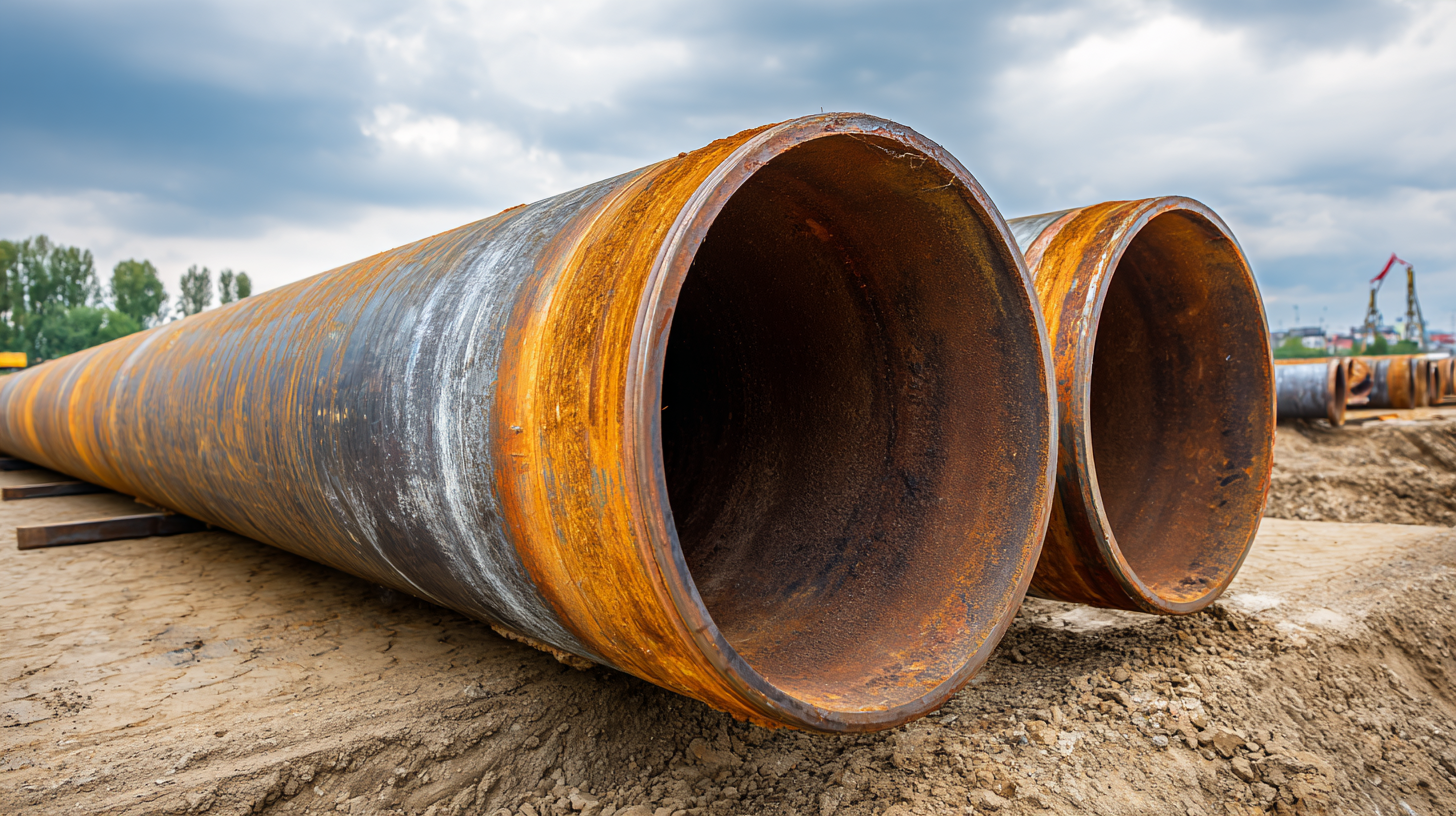
In contrast, modern pipe repair strategies leverage sophisticated leak detection data, enabling proactive maintenance that identifies potential failures before they escalate. Techniques such as acoustic monitoring and smart sensors provide real-time insights into the integrity of piping systems. This capability not only enhances the accuracy of identifying leaks but also allows for targeted repairs that minimize disruption. Furthermore, modern methods are often less invasive, employing solutions like pipe lining and trenchless technology that require fewer resources and result in reduced environmental impact compared to traditional digging and excavation practices.
Future Trends in Pipeline Repair and Leak Detection Innovations
The future of pipeline repair and leak detection is set to witness transformative changes driven by advanced technologies and data analytics. As the Global Leak Detection and Repair Market is poised to reach USD 33.25 billion by 2034 with a compound annual growth rate of 4.51%, the focus on innovative repair techniques and sophisticated leak detection methods is more crucial than ever. The integration of predictive maintenance strategies utilizing satellite data is on the rise, with projections indicating that by 2025, over 60% of water utilities will adopt these advancements to enhance their operations.
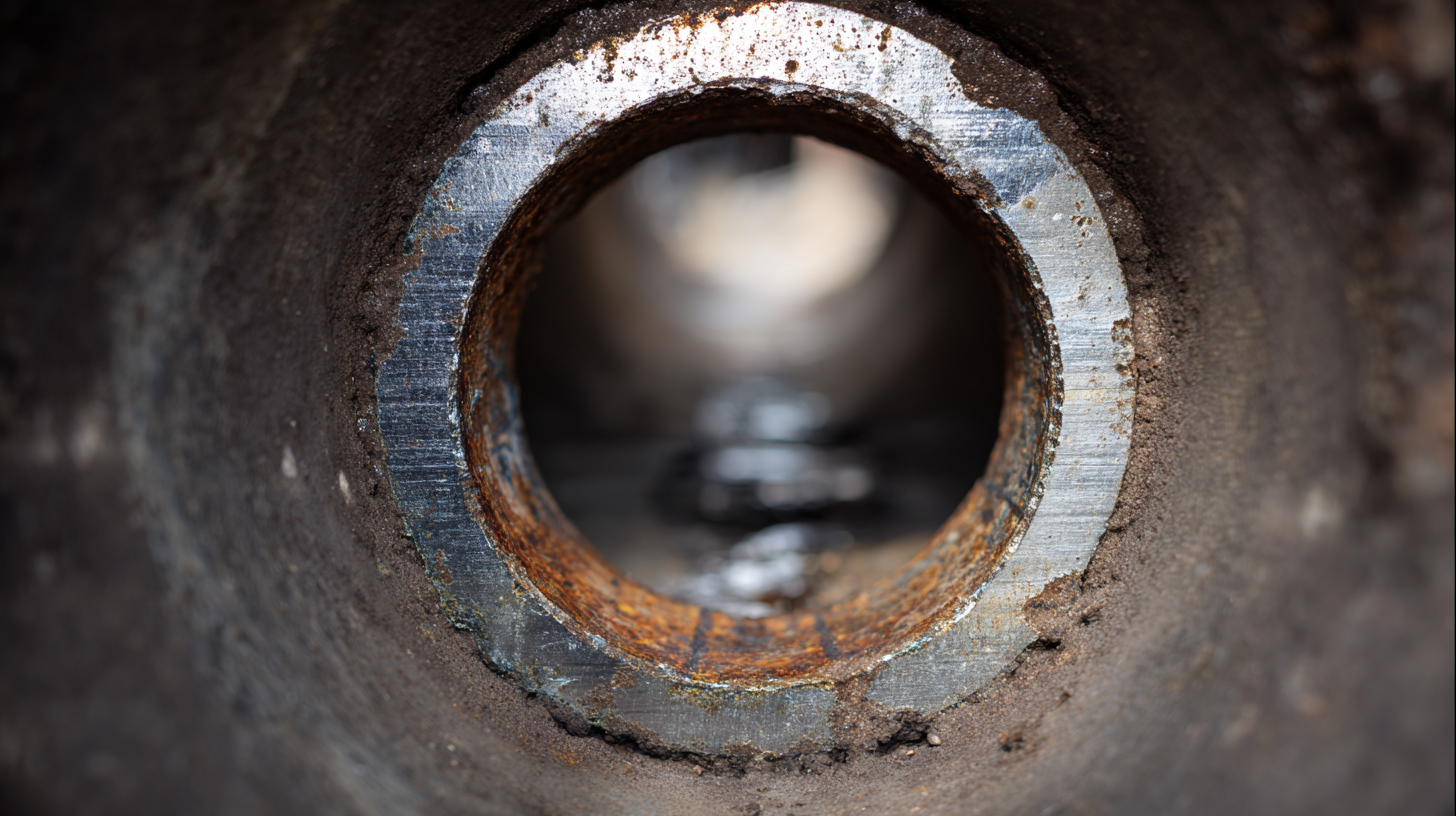
Incorporating satellite technology into leak detection offers unprecedented insights into pipeline integrity and environmental conditions. This approach not only enhances the accuracy of locating leaks but also optimizes overall water management practices. As the industry evolves, stakeholders are increasingly leveraging this data-driven methodology to streamline maintenance processes, reduce operational costs, and improve response times to potential leaks. The convergence of technology and traditional repair methods holds the promise of making pipelines more resilient while ensuring sustainable water resources for agriculture and forestry.
Related Posts
-

How to Effectively Utilize Pipe in Pipe Repair Techniques for Long-lasting Solutions
-

7 Essential Tips for Effective Sewer Pipe Sleeve Repair Techniques
-
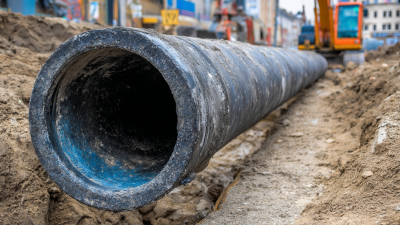
How to Choose the Right Sewer Pipe Sleeve for Your Plumbing Needs
-
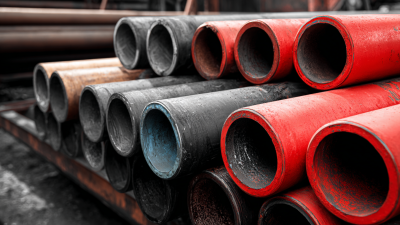
Ultimate Guide to Effective Pipe Sleeve Repair Solutions for Global Procurement
-
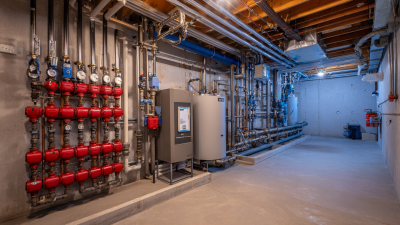
How to Choose the Right Pipe Fixers for Your Plumbing Needs
-
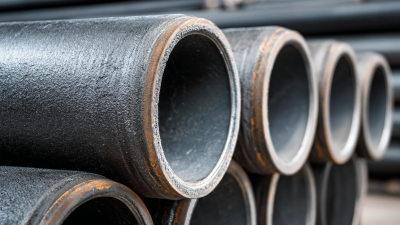
Exploring the Future of Sewer Pipe Sleeve Innovations at the 138th Canton Fair 2025: Industry Trends and Market Growth

